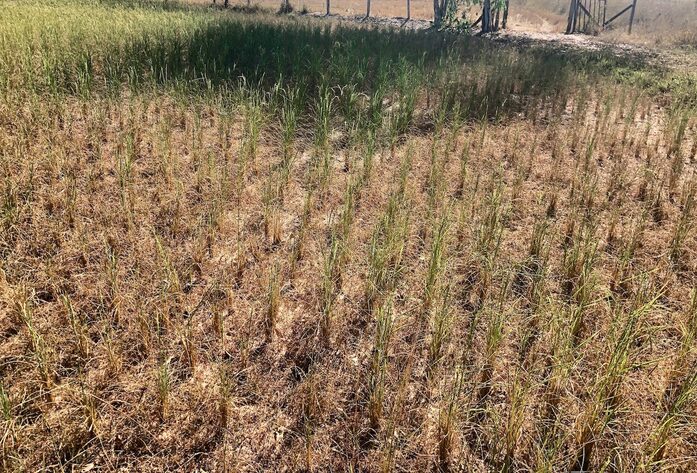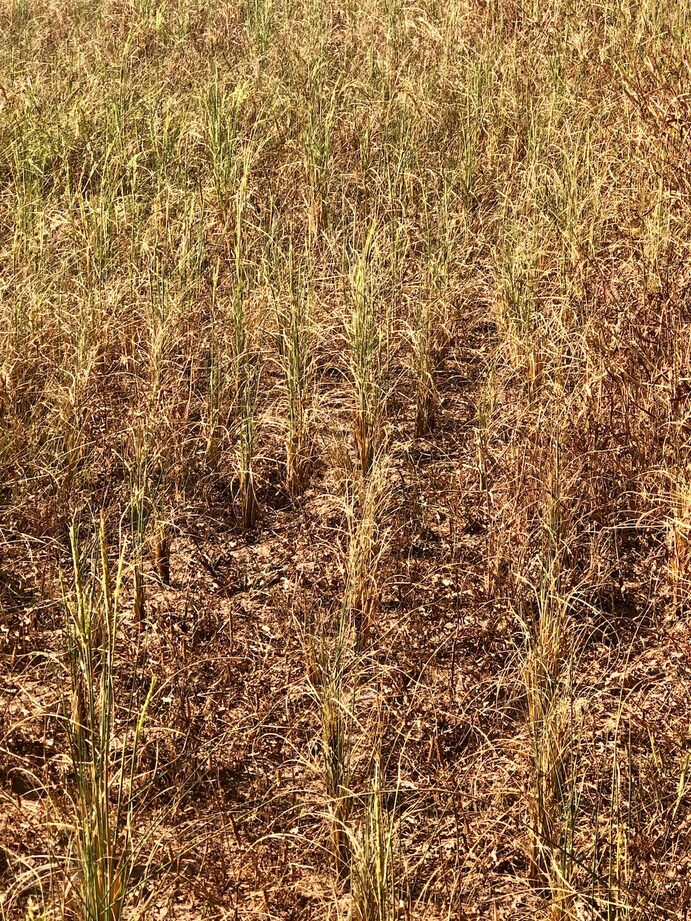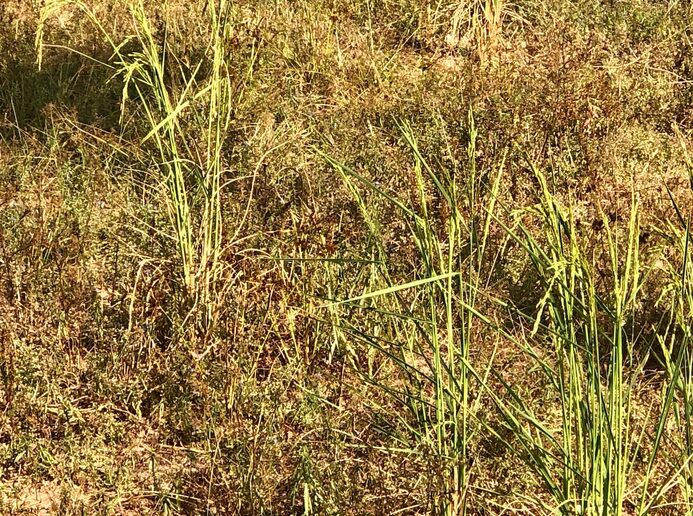
2019 has been hard on Sarnelli House in a number of ways. As Fr Mike has written about, we lost a cherished member of staff in Grandmother Wan, and now another long serving house mother has been diagnosed with terminal cancer. Sarnelli House is a big family and these blows are felt by all. As usual, it is the children, with their joy and energy, who bring us out of our sadness. Their love and positivity gives us the lift we all need.
It hasn’t been a good year for our rice crop either unfortunately. A good harvest can provide us with enough rice to feed the children and staff for a whole 12 months and in recent years, we have been blessed to have had sufficiently good yields to do so. Fr. Mike developed the farm for a number of reasons; to become more self-sufficient and be less vulnerable to rising food prices; to ensure that our children, some of whom already have compromised immune systems, are not exposed to chemicals and pesticides; and also to train some of our boys and girls in local and also international farming methods, so that they may develop skills to make a life for themselves.
For our rice to grow, the monsoon season needs to be long and consistent. In the past, the rains would hammer down for four months, sometimes more, and there would be plenty of water in the paddy fields for planting and to ensure strong growth. By November, the rice stalks would be well over four feet tall and the heads would be weighed down by heavy and juicy rice kernels. Our staff and older children would be out in the fields for a few weeks cutting the rice stalks with sickles and the rice would be threshed and bagged. The late Yai Wan oversaw the drying of the threshed rice on the basketball courts, before it was re-bagged and placed in ventilated storage. Once a month, the rice would be milled and bags of white, plump rice kernels would be delivered to the kitchens for the cooks. The kernels, shells and dust from the milling process were used to feed chickens, fish and pigs, and some of it was mixed with manure to make organic fertiliser. Nothing went to waste.


In the last number of years, the monsoon seasons have shortened. Four months of rain became 12 weeks, sometimes less, which was usually still enough to get a healthy harvest. As well as that, a new grain of rice became available on the Thai market. This grain only needed 90 days to grow, and became known as miracle rice. We had been using ‘Khao Yai”, which needed more rain and gave bigger rice kernels, but switched to the newer grain a few years ago. Last year was the first year in a while that the rice crop didn’t give a big enough yield to feed the children for a whole year. Questions were asked about the newer grain, as the seedlings we had received from the department of agriculture were not as healthy as expected. This year, we switched back to planting the Khao Yai rice, the bigger grain, mostly because it gives a better quality rice. It needs 120 days of rain however, and they didn’t come. When rain did fall, it fell fitfully and our staff chose to delay the planting until more rains came. But the paddy fields were never full enough. We pumped water from our fish ponds to allow us to plant in some of the fields, but about a quarter of our usual rice fields lay fallow. As time passed, the rains never came in adequate quantities and the rice grew slowly. The stalks never reached the height they would normally get to and while it appeared that rice grains were maturing, they are small grains and most are difficult to mill. We anticipate that we will only have about a fifth of our normal yield for this year. The remaining rice stalks will be baled and fed to our cattle.

Our kitchens go through about a ton of rice a month, and we have been lucky to receive a couple of donations so far, which will cover us for another month or two. Local rice prices have increased by a third in the past four months and they are expected to rise further in the New Year. This will, of course, have a knock on effect on other food prices, particularly noodles.
Other local farmers have had more luck. Some used the miracle grain and were less hindered by the shorter rainy season, others took a punt and planted earlier, with mixed results, while some were able to pump from fish ponds into smaller paddy fields. However, many families in our community have lost their harvest entirely and with prices rising, we expect a dramatic increase in the number of families seeking help. Indeed, some have already approached Fr. Mike with stories of desperation. Local farmers and government officials are warning that this year is not a simple aberration, but instead, that it could be the beginning of a pattern of inconsistent monsoon seasons. The souther part of the north east Isan region got plenty of rain, it was all along the Mekong river that suffered from drought. In 2020, Sarnelli House will need to plan accordingly for another inclement year. In the meantime, we will have to dip into some of our reserves so that the children have enough to eat. It would cost a little less than $15,000 to buy enough rice for Sarnelli House for an entire year, which is why we are so grateful to have been able to grow our own for so long. Our farm has been built with many donations over the past decade and we are very grateful for so much generosity and kindness. For now, we pray and hope that next year’s rains are just as kind to us.


